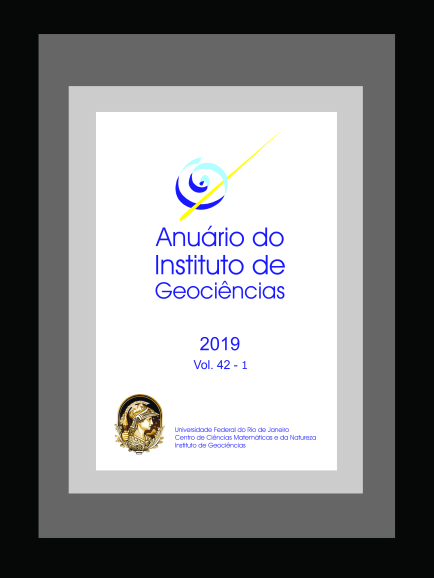Surface Atmospheric Circulation Associated With “Friagens” in Central-West Brazil
DOI:
https://doi.org/10.11137/2019_1_241_254Keywords:
Synoptic classification, Principal components, Friagens, BrazilAbstract
The term “friagem” is used to define the decrease of air temperature in tropical latitudes; however, most of the studies associate it with the arrival of a cold front in the northern region of Brazil. In this context, the study aims to show that in the Central-West region also occur “friagens”. For this reason, a methodology based on daily maximum temperature is presented. The frequency of “friagem” episodes (1961-2012) in the city of Cuiabá (MT) was determined, and finally a synoptic classification of the surface circulation associated with these events was presented. The results show that “friagens” are associated with daily maximum temperature declines above 10 °C that can occur on the day of arrival of the cold front in Cuiabá or one day after. During the study period, 217 cases of “friagem” were identified, which are mostly associated with four synoptic patterns, which represent 74.6% of all “friagem” cases in the Central-West of Brazil. The most frequent synoptic pattern shows a post-frontal anticyclone that moves from the South Pacific Ocean toward the continent, favoring a strong cold air advection over the central portion of Brazil. However, three other synoptic patterns are important for the “friagens” in the Central-West of Brazil, which are related with cold fronts, blocking situations on the Atlantic Ocean and cyclogenetic events in southern Brazil, respectively.Downloads
Download data is not yet available.
Downloads
Published
2019-12-01
How to Cite
Escobar, G. C. J., Vaz, J. C. M. and Reboita, M. S. (2019) “Surface Atmospheric Circulation Associated With ‘Friagens’ in Central-West Brazil”, Anuário do Instituto de Geociências. Rio de Janeiro, BR, 42(1), pp. 241–254. doi: 10.11137/2019_1_241_254.
Issue
Section
Article
License
This journal is licensed under a Creative Commons — Attribution 4.0 International — CC BY 4.0, which permits use, distribution and reproduction in any medium, provided the original work is properly cited.















